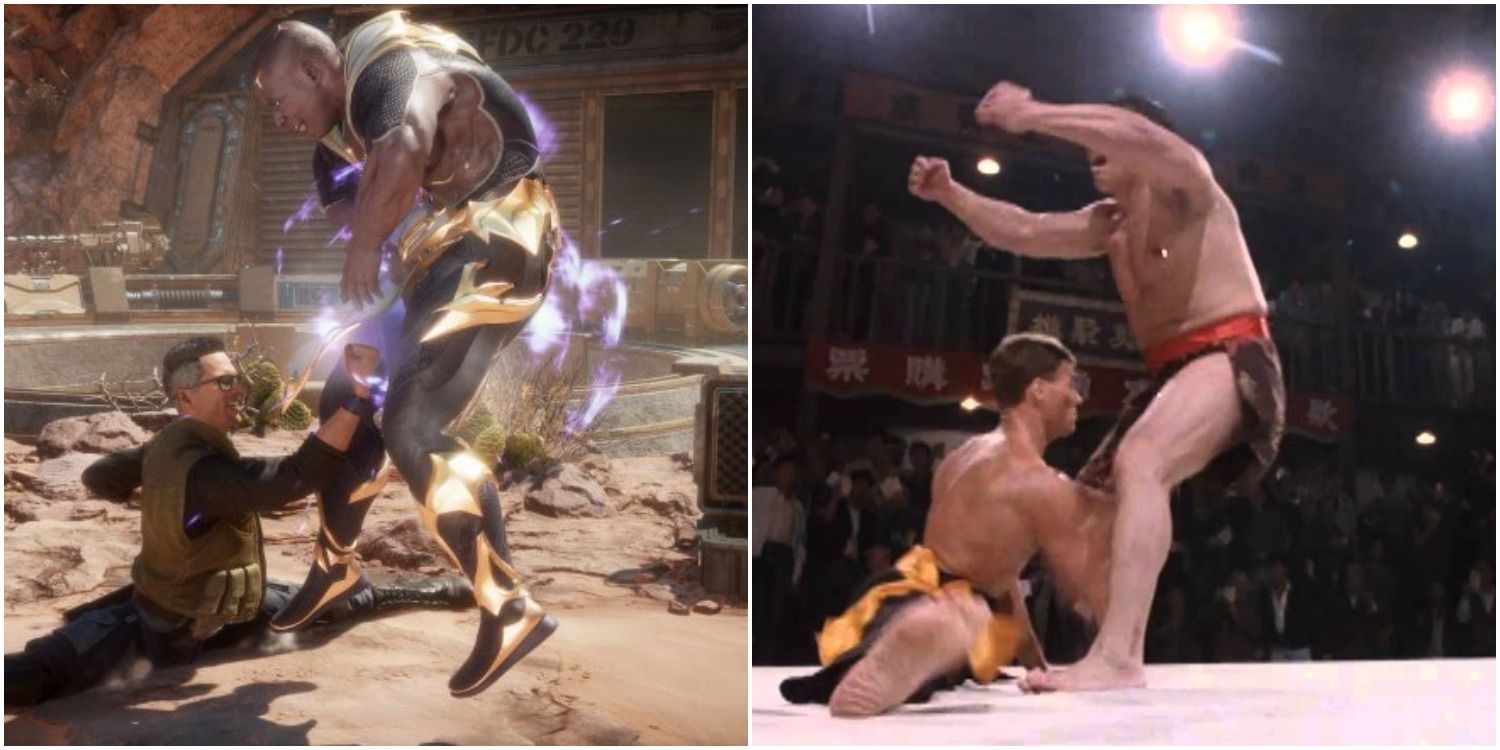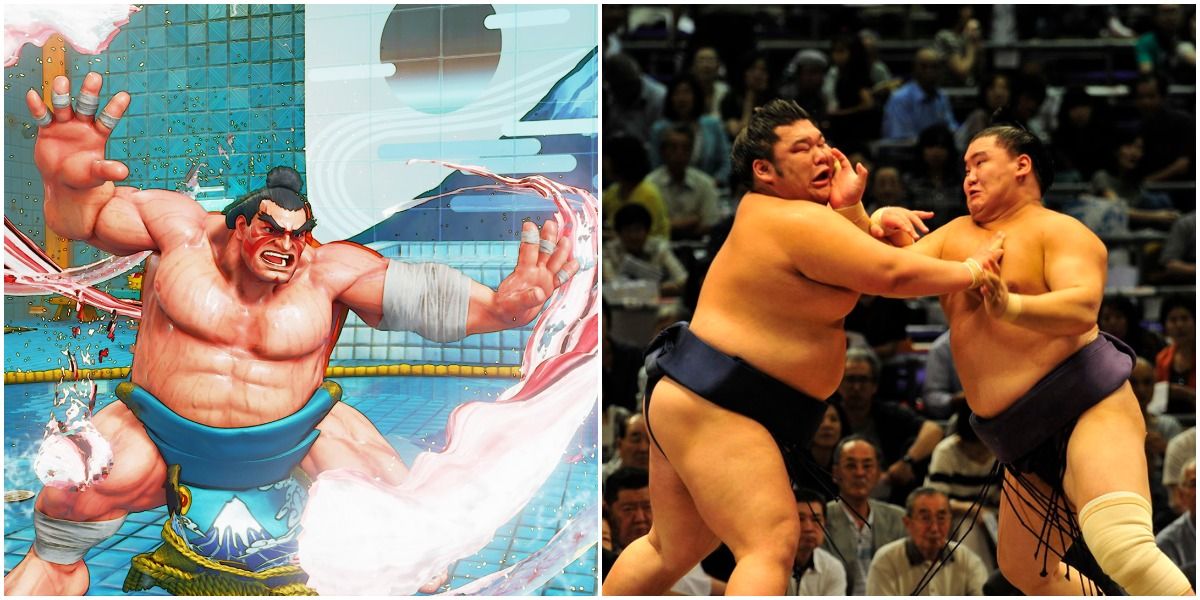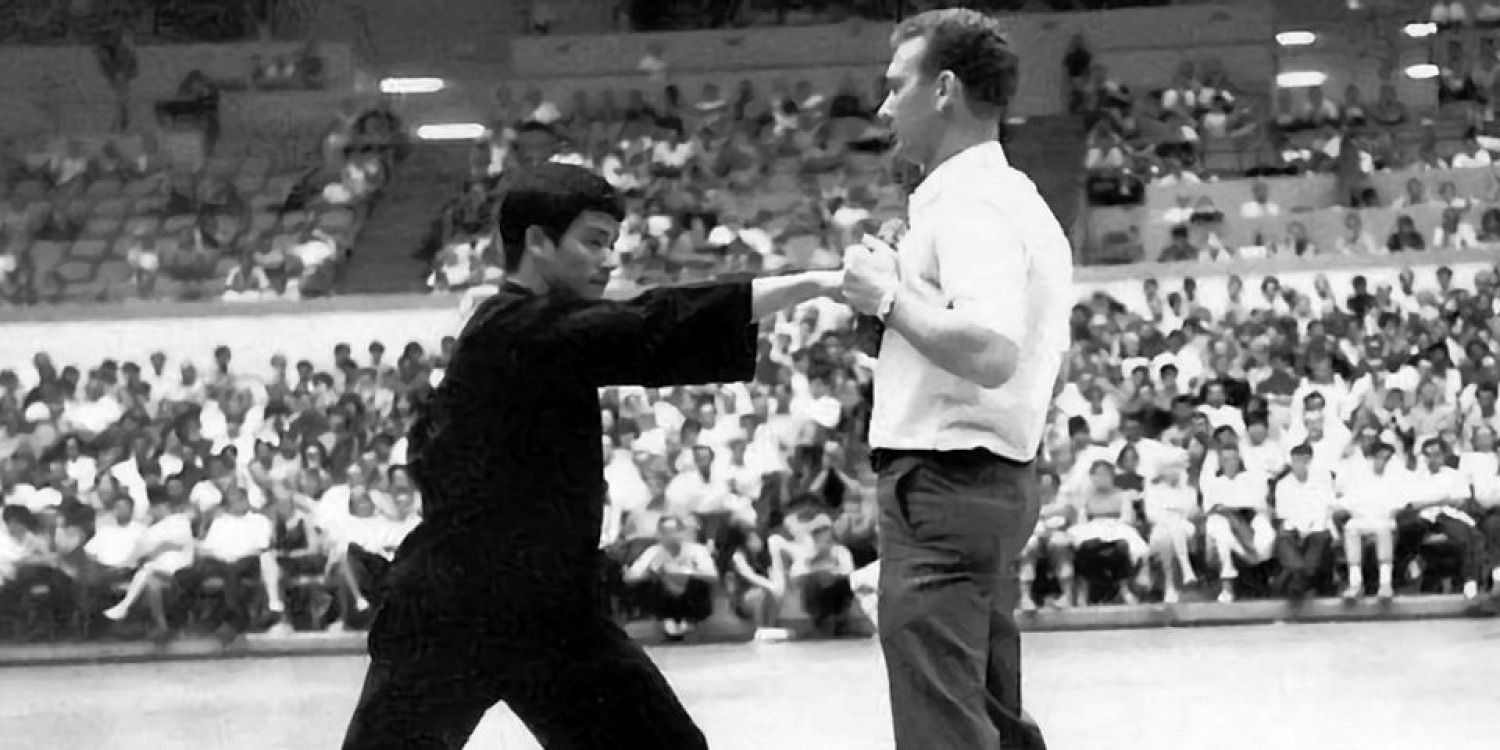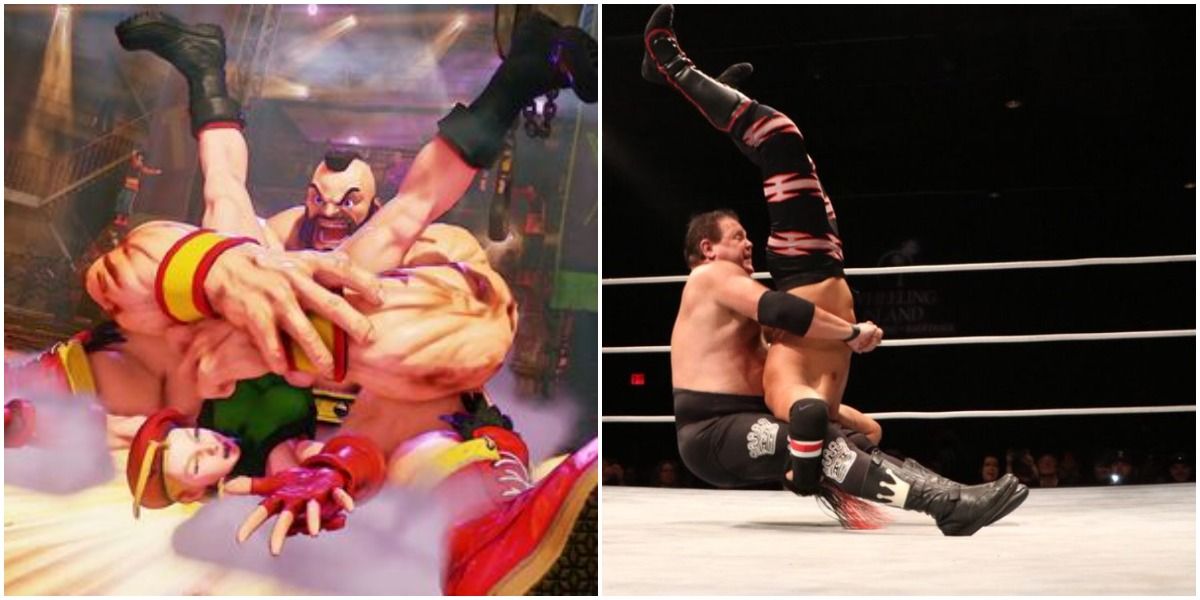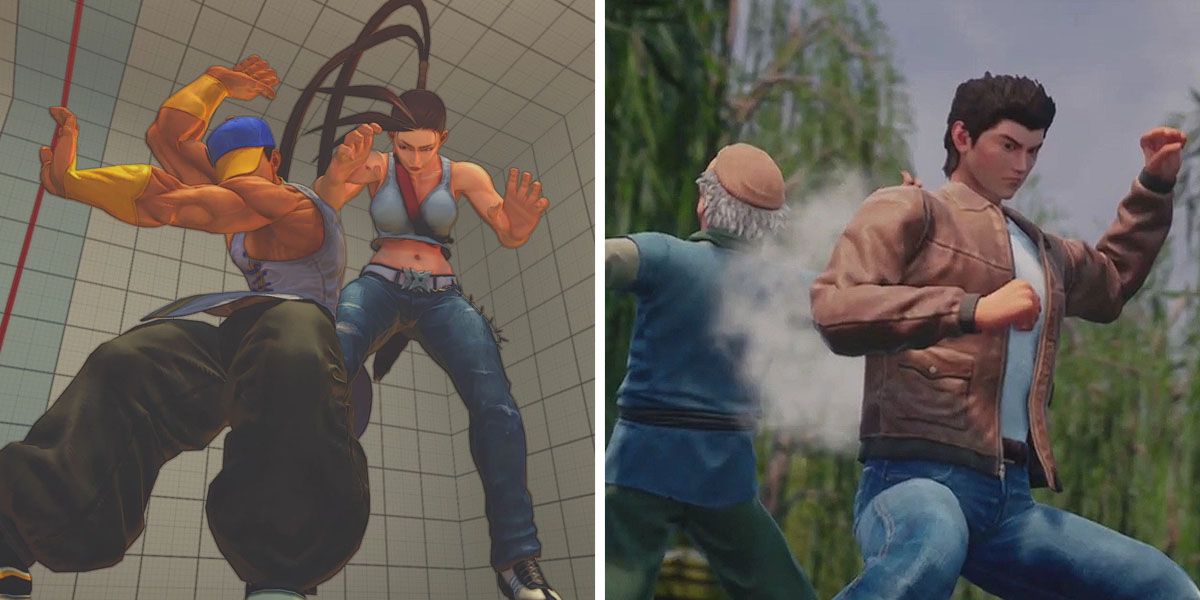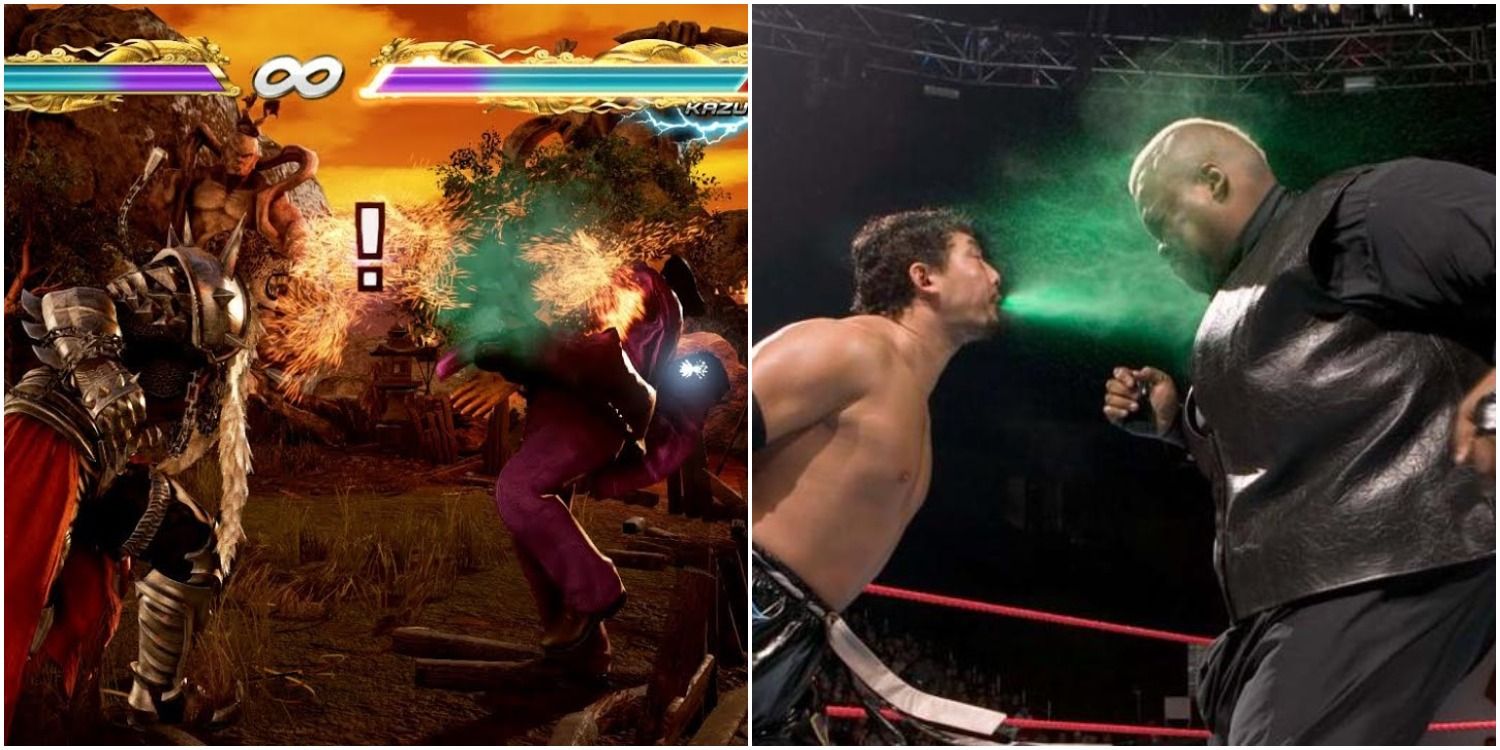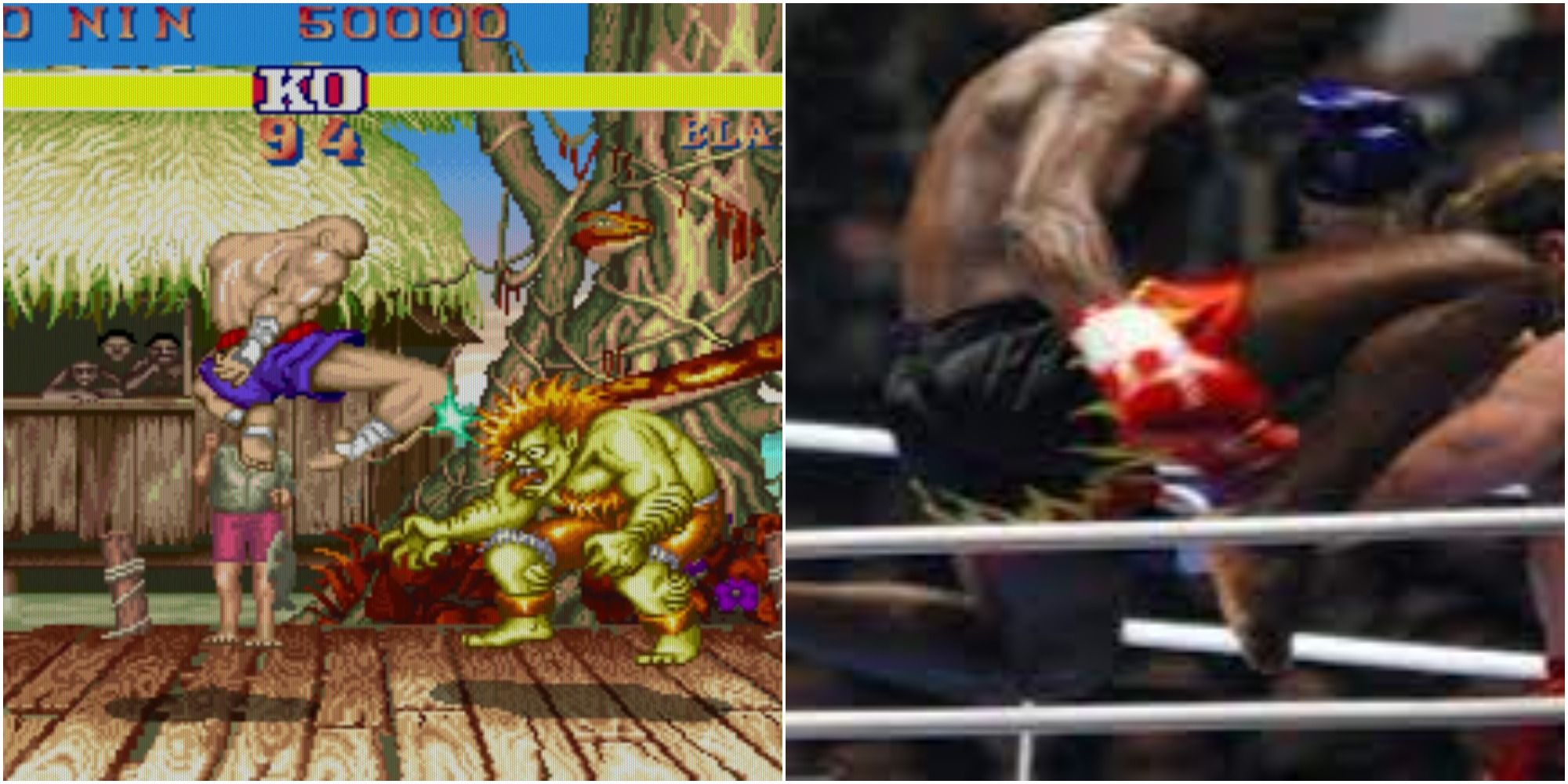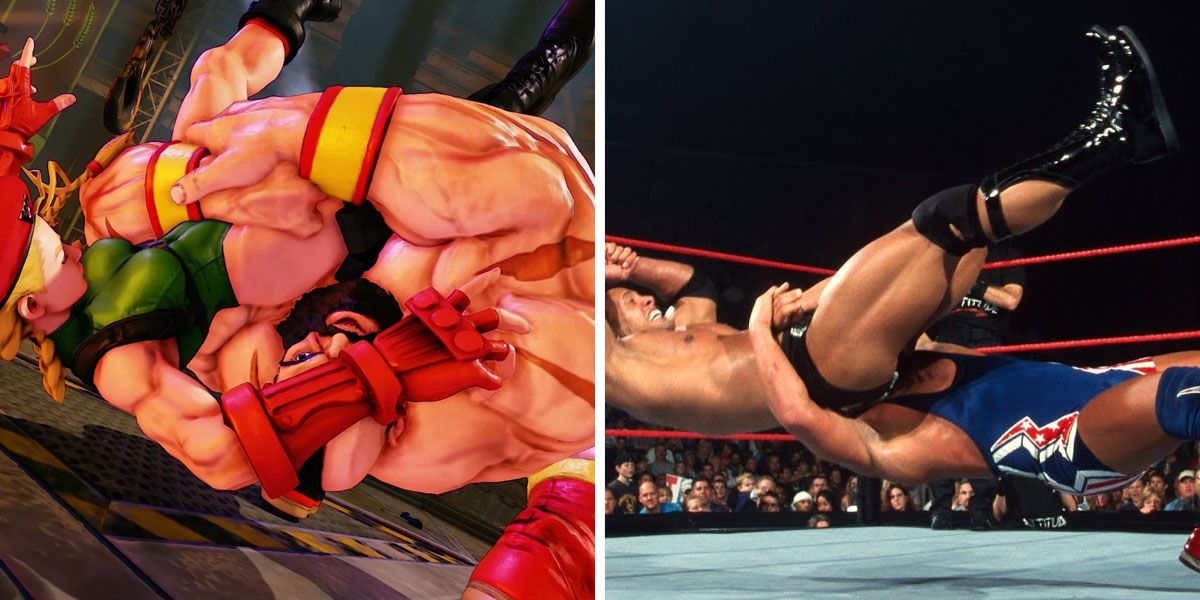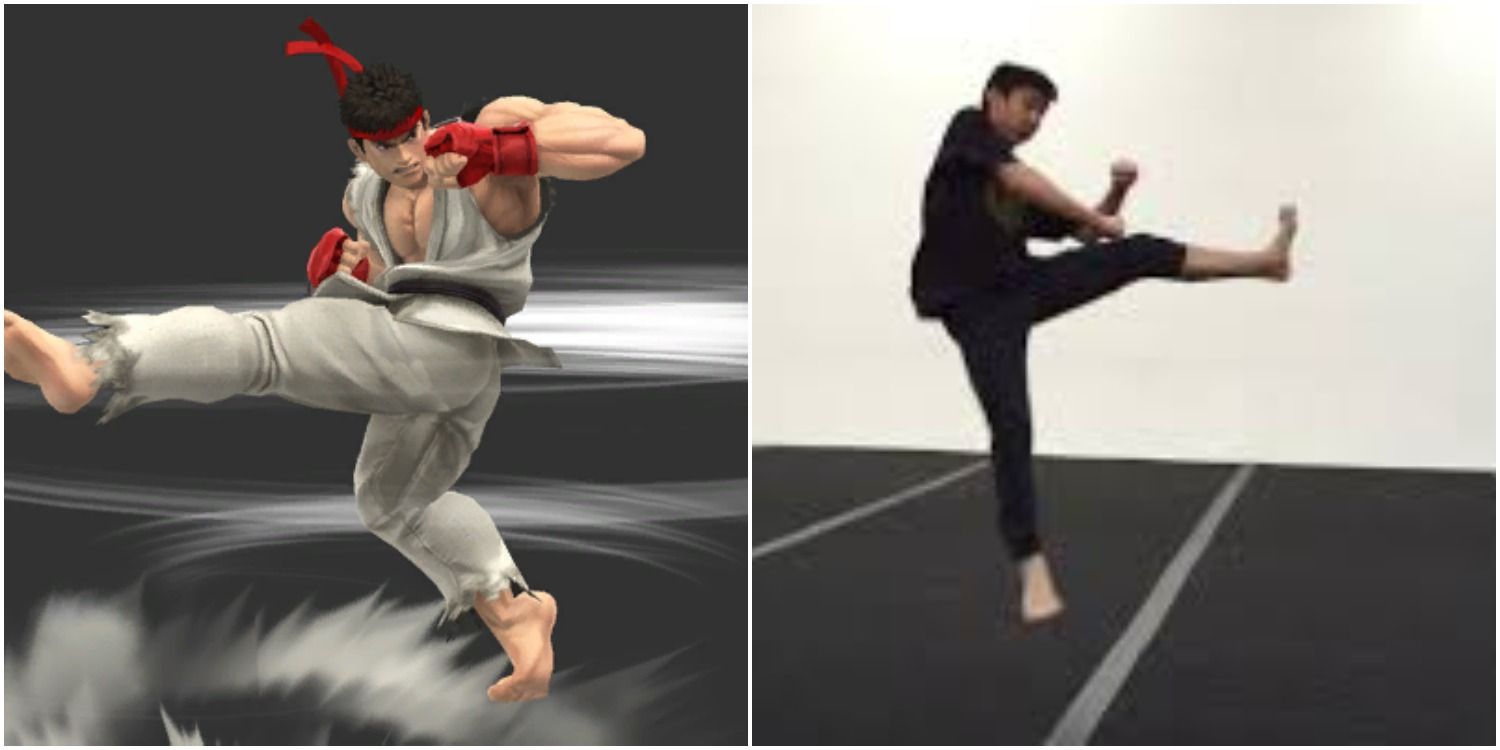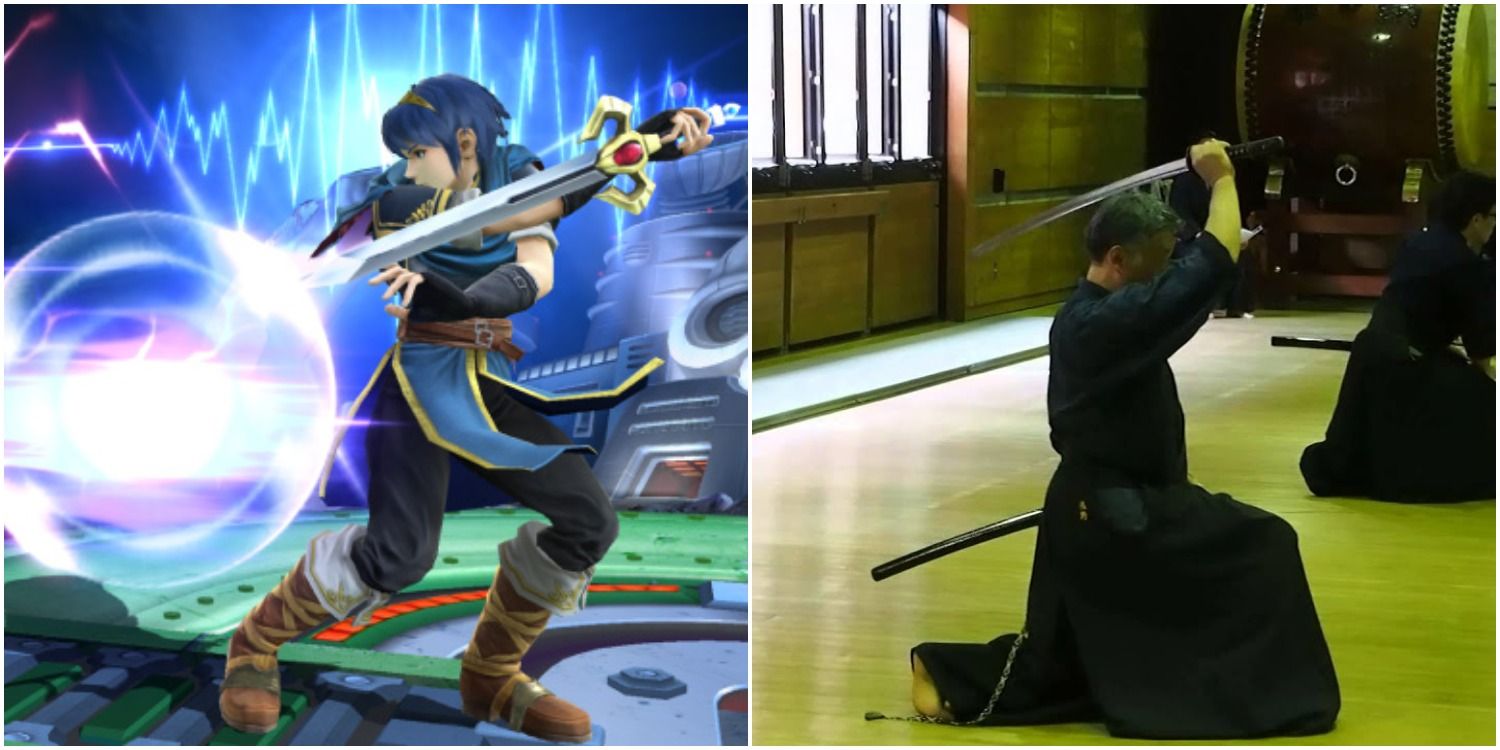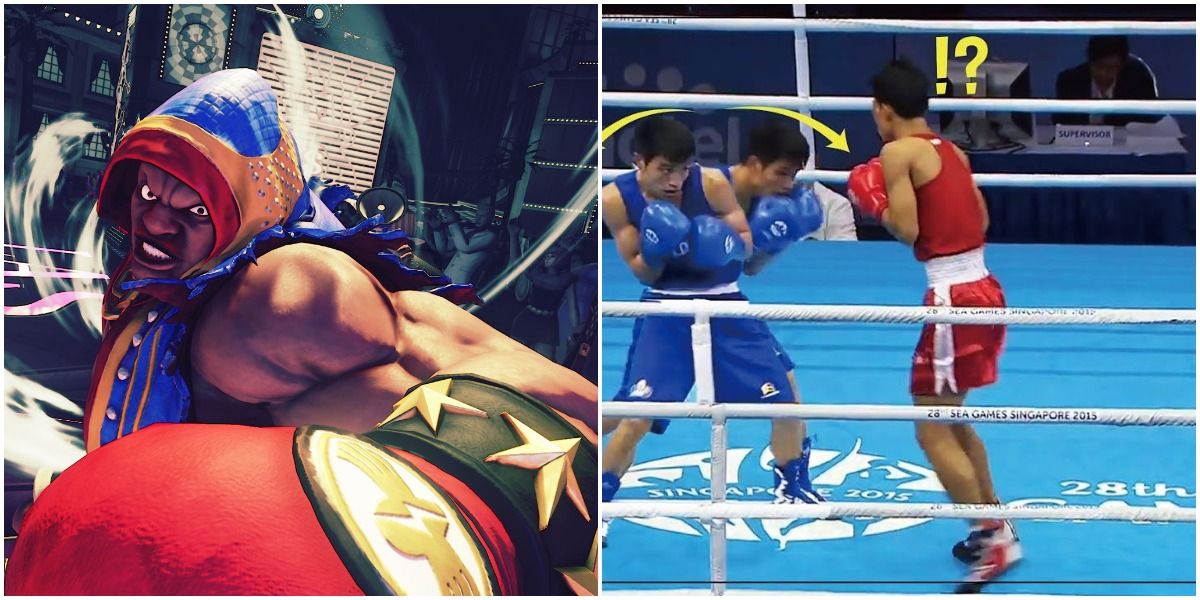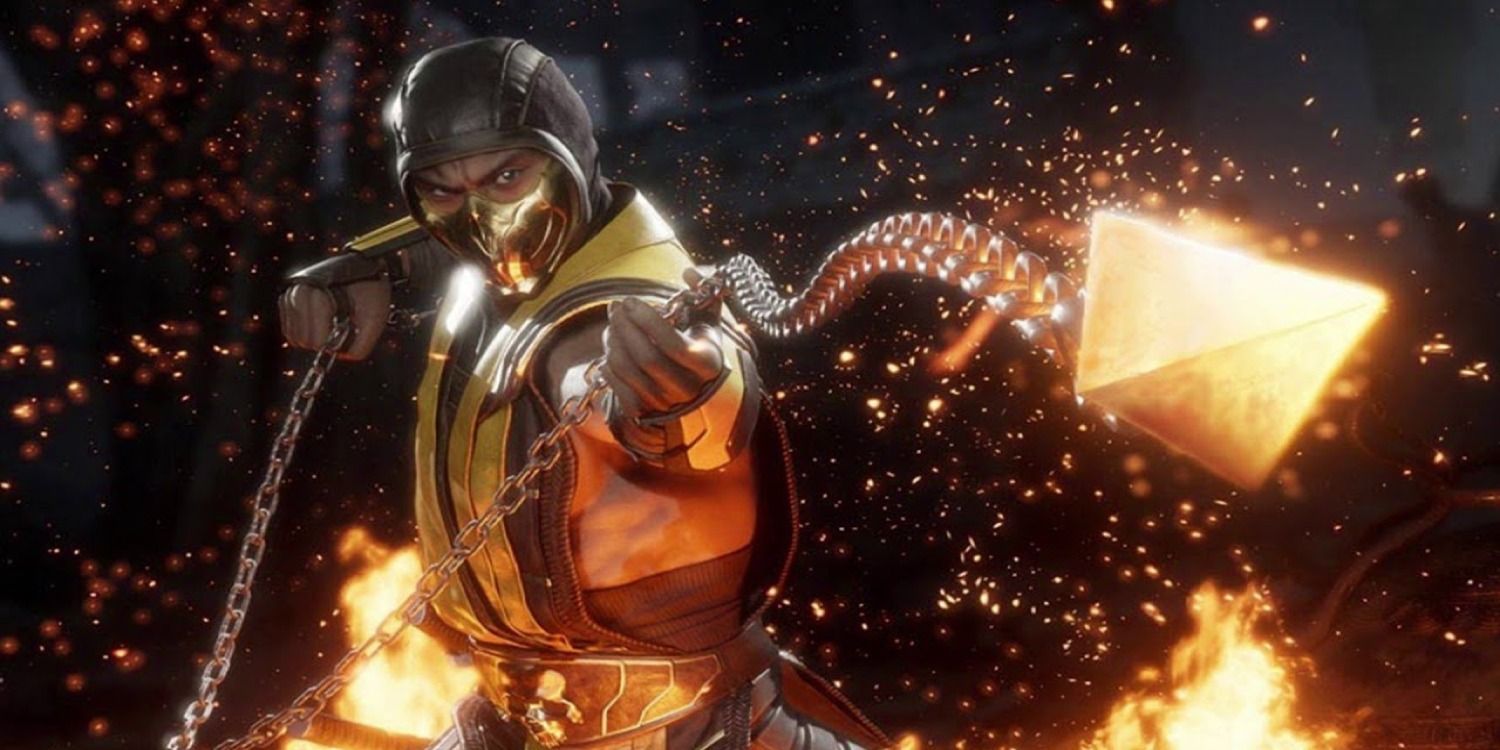Fighting games are an homage to martial arts and their long, deep history. Practitioners have hardened their bodies and steeled their minds to pull off almost superhuman techniques that many once thought implausible, and even impossible. Many characters in fighting games pull off these moves in fantastic ways, but they're rooted in reality.
These moves are the techniques kids see and want to emulate with their little siblings on the playground, and the inspirations for many stuntmen and women in the film industry. There's a lot to be said about the power of martial arts and how they affect media, but fighting games specifically owe a lot to them.
Updated May 14, 2022, by Tom Bowen: It's not at all uncommon for video game developers to draw inspiration from the real world. In fact, when it comes to fighting games, it happens all the time. In a bid to help make each fighter feel unique to players, developers often opt to give them their own signature styles, most of which are based on real martial arts. As a result, many of the most iconic moves in fighting games are based on real-world techniques; whether they be from Karate, Judo, or just good old-fashioned wrestling. These are some of the most interesting examples.
12 Street Fighter's Hundred Hand Slap Comes From Sumo
When people think of Sumo, they rarely think of strikes. Instead, what comes to mind is usually big dudes trying to push each other out of a ring. What most people don't realize is that sumo can be extremely brutal, with practitioners head-butting and slapping each other hard enough to cause brain damage.
The open-handed strike is called a shotei, and is extremely common in sumo. E. Honda's hundred hand slap in Street Fighter is a fictional interpretation of the open hand strike in sumo where he can slap faster than the human eye. This would explain how he got his spot on the roster as one of the best fighters on the planet.
11 Tekken's Poison Arrow Comes From Bruce Lee
Tekken is a great example of a fighting game that draws on real-life techniques. Marshall Law's style is almost totally based on Jeet Kune Do, a martial art popularized by Bruce Lee. If the haircut, outfits, and voice weren't enough, Law's moves almost all come from things done by Jeet Kune Do Practitioners.
Few moves are as iconic as the one-inch punch that Bruce Lee performed in front of hundreds of people during his time. Law's Poison Arrow in Teken 7 is an exact recreation of the one-inch punch that's great on block when the enemy is at the wall, and can lead to massive damage.
10 The Spinning Piledriver Is A Popular Wrestling Move
Players see the spinning piledriver in some form in almost every modern fighting game. Mostly popularized by Zangief from the Street Fighter series, the spinning piledriver has also appeared in games like Dead Or Alive, Samurai Shodown, and many others.
The spinning piledriver draws inspiration from the popular professional wrestling technique called the piledriver. It goes by other names like the Izuna drop, but most iterations of this move come from this simplified version where one wrestler slams another into the ring headfirst. The spinning is a fictional addition to increase the brutality but isn't really feasible for normal humans.
9 Akira Yuki's Tetsuzanko is Inspired by Bajiquan
Bajiquan is a Chinese martial art style that specializes in short-range strikes using the shoulders and elbows. The style serves as the inspiration for many of Akira's moves in the Virta Fighter series, including his signature Tetsuzanko and Byakko Soushouda attacks. Interestingly, both of these attacks can be found elsewhere in various guises, most notably in Yu Suzuki's Shenmue franchise, which was originally conceived as a Virtua Fighter RPG.
In the first Shenmue game, Ryo, who was inspired by Akira himself, is taught a move that is very similar to the Byakko Soushouda by his father's friend, Yamagishi-san. In the third game, he learns the Body Check and Reverse Body Check moves, which appear to be based on the Tetsuzanko and a variation of it known as the Yaozi Chuanlin respectively. Both moves show up in Street Fighter too, with Yang using the Byakko Soushouda and Yun using the Tetsuzanko.
8 Green Mist Is Based On An Illegal Wrestling Move
Armor King from the Tekken series has a ton of iconic fighting game moves that drew inspiration from pro wrestlers in Japan and other countries. One of his techniques, while iconic, is underrated and not really talked about much. This move is his Green Mist, which takes its basis from the Asian Mist technique.
The Asian Mist is an illegal wrestling attack where the user spits a colored liquid into the eyes of their opponent, blinding them. The move has many names like Poison Fog or Blinding Spit, but each name refers to the same technique.
7 Sagat's Tiger Knee In Street Fighter Comes From Muay Thai
Tiger Knee is one of Sagat's most iconic moves in the Street Fighter games. To perform it, he flies across the screen, kicking his opponent back. This move is based on the hanuman thayarn in Muay Thai, more commonly known as the flying knee. It's a powerful move that aims to knock the opponent out in one strike, but it can also be very risky since it leaves the user airborne.
The best time to use the flying knee is when the opponent is off-balance, which is when Sagat also aims to use it. Since Sagat is normally slow, the Tiger Knee can surprise opponents who aren't ready for the burst of power.
6 Zangief's Bolshoi Russian Suplex is Based On a Wrestling Move
Anybody who grew up watching WWE should have a pretty good idea of what a Belly-to-Back Suplex looks like, especially if they happened to do so while Kurt Angle was still strutting his stuff. If not, they need only boot up a copy of any Street Fighter game and play around with Zangief for a little while. Like his Spinning Piledriver attack, his Bolshoi Russian Suplex comes straight out of wrestling and is more or less a carbon copy of the Belly-to-Back Suplex.
For those wondering, Bolshoi simply means "big," but it's a little unclear why exactly the developers chose to link the Belly-to-Back Suplex with Russia. Of the numerous variants, which include the Cobra Clutch Suplex and the Dragon Suplex, none appear to have originated in Russia. In fact, most tend to associate the move with Germany thanks to the influence of Karl Gotch. Perhaps it was just easier to make the German Supplex into a Russian one than it was to make Zangief German?
5 Johnny Cage's Split Punch Comes From Jean Claude Van Damme
Johnny Cage is obviously based on movie martial artists, specifically, Jean Claude Van Damme. Cage's most iconic move in Mortal Kombat is his technique where he does a full split to lower himself and punches his opponent in the groin.
This technique is a comical spoof of the often unnecessary splits that Van Damme would pull off in his action movies. The splits looked cool and required a lot of skill, but they're also a sign of great discipline. Martial artists use splits and other stretches to extend the range of their kicks and achieve more power.
4 The Hurricane Kick Is A Tae Kwon Do Move
The Hurricane Kick, or Tatsumaki Senpuu Kyaku from the Street Fighter franchise, is up there with the most iconic fighting game moves of all time. A spinning, flying kick is impressive both in games and in the real world.
In martial arts like Tae Kwon Do, there are multiple variations of spinning kicks where fighters generate force by jumping and turning their hips. These techniques are extremely explosive and powerful, but difficult to land with accuracy. Sakura's Hurricane Kick is the most realistic version of this move in Street Fighter V, since she only turns a few times and jumps at a believable angle.
3 Marth's Iai Counter Is A Real-Life Blade Discipline
Iaido is the art of drawing a blade, which might not sound like a discipline to study, but it has its uses. In Super Smash Bros. 4, Marth has an Iai counter which lets him displace an enemy behind him while countering their attack. It does less damage than a regular counter, but that positional advantage could mean life or death in certain situations.
Iaido relies on speed and precision when unsheathing the blade and re-sheathing it quickly. It's all about practicing the fundamental techniques, and slicing through the air with perfect form. Marth's counters are a perfect reflection of some of the forms done in Iaido, which is cool to see in Smash.
2 Balrog's Unstoppable Comes From A Real-World Boxer
Balrog from Street Fighter is an obvious reference to Mike Tyson, one of the most influential American boxers. However, he doesn't fight much like Tyson. The resemblance is practically in name and appearance alone.
One move is unmistakably a reference to Tyson though, and that's Balrog's V-Skill: Unstoppable. When Balrog uses this skill, he leans forward and sways in front of his opponent, showing off his evasive skills. This is a reference to Tyson's iconic use of the Dempsey Roll. He would trick his opponents into leaning in for a misplaced strike, which he could counter.
1 Scorpion's "Get Over Here!" Has Humble Origins
Possibly the most iconic western fighting game move, Scorpion's classic special move was actually based on something used for gardening. The kunai that Scorpion uses is accepted as a ninja tool nowadays by media like Naruto and Ninja Gaiden, but it actually has much more humble beginnings.
The kunai was originally a gardening tool that doubled as a masonry tool. It could dig holes in soft dirt, and also smash iron with its dull sides, making it a perfect multi-purpose tool. The chain Scorpion uses is a reference to how kunai usually had a rope tied to them to use as a grip while working in the garden. People also used the rope to tie the kunai to sticks to make makeshift spears.

